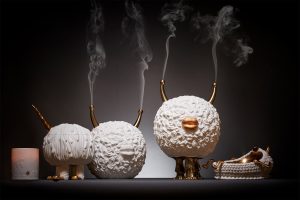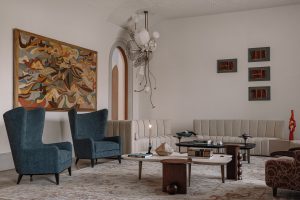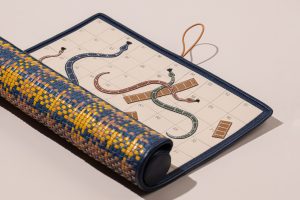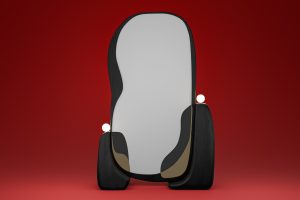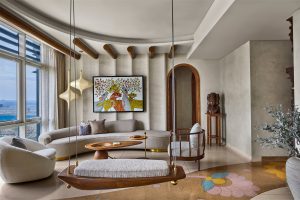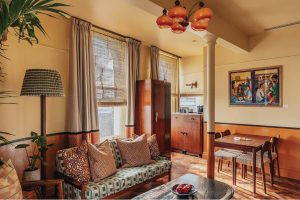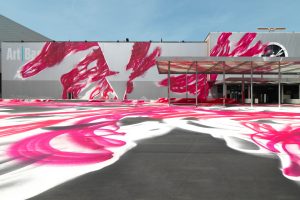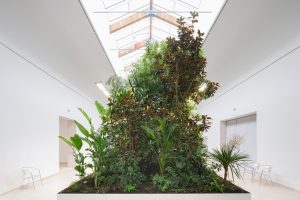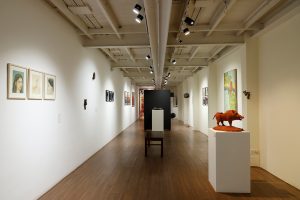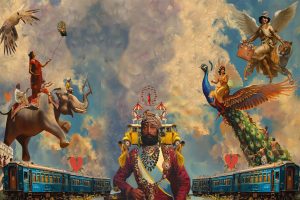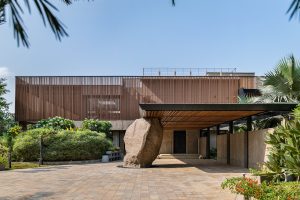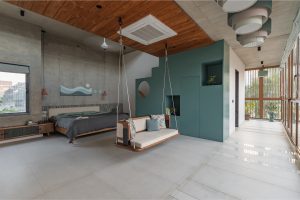King Charles III’s Portrait By Jonathan Yeo Is A Provocative Insight Into Shifting Tides At Buckingham Palace
King Charles III is back in the spotlight with the unveiling of his recently commissioned painting by British contemporary artist Jonathan Yeo with rich textures and brush strokes.
- 16 May '24
- 6:18 pm by Manisha AR
On May 14, the first official portrait, since the coronation, of King Charles III, was unveiled at Buckingham Palace. It was commissioned two years ago by the Draper’s Company, a City of London livery company known for collecting royal portraits. This larger-than-life portrait depicts him in a uniform of the Welsh Guards of which he was made Colonel in 1975. This was also commissioned to celebrate the 50th anniversary of Charles’ membership in The Drapers’ Company. Painted by British contemporary artist Jonathan Yeo in his unique style of rich textures and brush strokes that bring the subject to life, this portrait shows the King emerging from a fiery red background with a sword in hand and a butterfly landing on his shoulder. The 8.5 by 6.5-foot painting is one of many portraits by Yeo who has previously painted British Prime Minister Tony Blair, education activist Malala Yousafzai, artist Damien Hirst and Charles’ long-time partner Queen Camilla. Known to be one of the world’s leading figurative artists, his works have been exhibited widely in museums and galleries worldwide. He has also been the subject of several major mid-career retrospectives in the UK and internationally.
Yeo is deeply interested in building narratives and using portraiture “to explore the physiognomy, whilst simultaneously tackling often complex narratives and ongoing themes,” according to his website. In this case, he brings, he weaves the legend of a complex, philanthropic, and benevolent political and royal figure. King Charles is a well-known philanthropist and nature-lover, so Yeo uses the Monarch butterfly to tell a larger story and reflect on this aspect of his personality. A butterfly usually depicts transformation or rebirth–similar to the King’s new circumstances– but it also spotlights a species of butterflies, most affected by climate change.
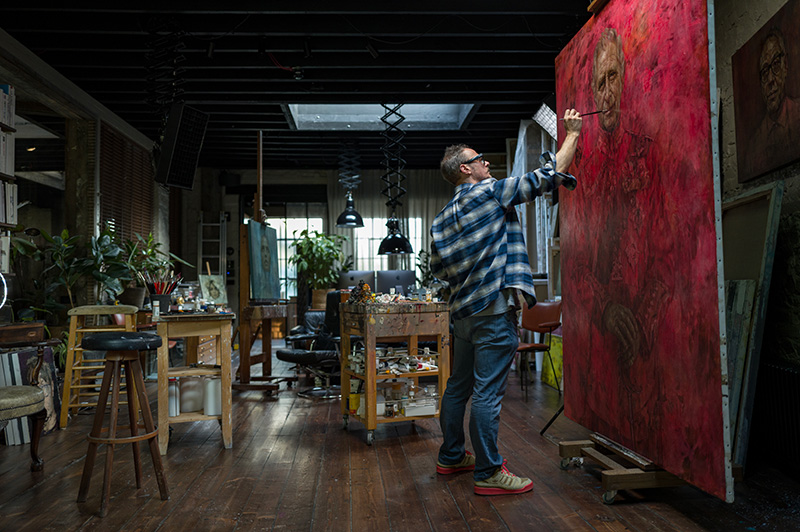
The painting was completed in four sittings and with inspiration from a combination of photographs and drawings with the final sitting at Clarence House in November 2023. A stark departure from the stately and traditional portraits of the Royal Family, this image is a fascinating new direction for the visual imagery of royalty.
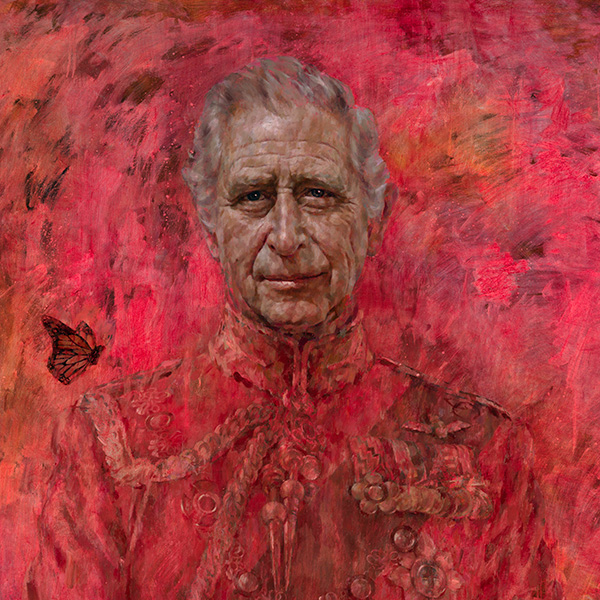
In the ninth episode of ‘The Crown’ in the first season, celebrating the 80th birthday of Winston Churchill, Parliament commissions a new portrait of Churchill to English surrealist oil painter Graham Sutherland. The episode is titled ‘Assasins’ but doesn’t show any assassination. Instead, the title is a more subtle nod to the undercurrents of Queen Elizabeth and Prince Philip’s rocky marriage and a dig at Churchill’s lesser-known persona. When Sutherland, played by Stephen Dillane, is brought in to paint the portrait he is eager to portray Churchill’s true self which goes beyond the larger-than-life statement and war-mongering ministering he is known to be in history. The episode is also a glimpse into the intricacies of inviting an outsider to paint a politically well-known figure and the consequent impact on the subject.
Revisiting the show is merely one way to imagine what this process would have entailed for the artist and subject. Since the release of the show, ‘The Crown’ there has been an increased interest globally as well in the shifting tides at Buckingham Palace. While the choice of colour in the portrait of King Charles III has provoked some debate about the legacy of the Crown and what it continues to symbolise in a rapidly changing political climate– it is still a rich choice to depict a deeply complicated British political personality and the system he upholds. Art rarely lies, in fact, it often lays bare truths. It helps carefully balance complex ideas far more easily than words can.
The portrait will be on public view from 16th May until 14th June at Philip Mould Gallery, 18-19 Pall Mall, London SW1 (opening hours 9.30 am – 5.30 pm Monday – Friday) before moving to Drapers’ Hall in The City.




